
Goin’ Bare…It’s Easier Than You Think For Your Horse To Go Barefoot!
There are, however, some key lifestyle factors that are critical to include in your horse’s life in order for the transition to be successful! First, the hooves need proper nutrients to grow in healthy, strong and well-connected, there needs to be stimulation through movement over varied terrain, you’ll need a regular trimming schedule either by a professional or by learning to trim your own horses and lastly, there will be a transition period where the hooves will need protection with padded boots.
Let’s look at nutrition first. It’s a great place to start to grow healthy hooves. One of the most detrimental ingredients that ruins more feet… is sugar! There are hidden sugars in so much of what is given to our horses. Everything from grain to supplements to treats. It is in virtually every item that goes into your horses mouth, including grass and hay! Understanding and controlling the sugar in your horses diet is going to be a major step in going barefoot with your horses. One of the easiest ways to do this is put your horse on an anti-inflammatory diet. This means you primarily feed grass hay and provide minerals needed that are not accounted for in the hay. If other feeds are needed look at whole foods like flax, chia or hemp seeds that add beneficial Omega-3’s. The important thing is to avoid processed grains and ingredients like corn, soy and molasses. There is also a supplement that I started giving mine for joint health yet realized how great it was for creating healthy, strong feet! It contains the building blocks for good skin, hair and hoof growth. You can read about it here. And if you'd like more information on the basic nutrition for your horse's needs, check out the guide I made up here.
Next you’ll want to make sure you’re encouraging your horses to move in their home environment. The hoof is a blood pumping mechanism who’s purpose is to expand and contract to pump blood back through the rest of the body. The simple act of spreading hay into multiple piles in their environment will encourage them to move and eat. Putting up a series of hay bag stations around their space will offer the same benefit as well. By incorporating this simple feature you will be encouraging the growth of healthier, stronger hooves as well as supporting a healthy digestive system! Include, in some high travel areas, abrasive terrain to help stimulate and condition the foot to grow a more dense sole and create go-anywhere hooves!
Maintaining a regular trimming cycle for your horse’s rate of growth is crucial to going barefoot. The cycle can vary depending upon your horse’s nutrition and even the amount of wear their hooves get. In some environments horses can self- maintain their hooves! For many though setting up a 4-6 week schedule to maintain a healthy foot is a good guideline. Finding a good barefoot trimmer is helpful or if you are so inclined, you can learn to do the trimming for yourself. With the help of your trimmer checking in on you, it is possible for you to learn to use a rasp and knife to maintain your horse’s hoof walls and bars. Of course there is some learning that needs to happen first and practice with guidance. Taking an active role with your trimmer right now can set you on that path. Asking questions, paying attention at your trimming sessions and in general being curious about your horse’s feet. If trimming your own horses is something you’d like to pursue, I have a go at your own pace course along with a FB support group for any help you might need. Get the course here.
Lastly, your horse will most likely need some sort of padded hoof boot protection for a period of time. This time will vary for each horse. The factors I talked about above and how well you have incorporated them into your horse’s lifestyle will have a great impact on this. Having been an Easy Care dealer when I had my practice, I am partial to them. However, the important thing here is finding a boot that fits and will stay on well while your horse is out with his herd. Boots need to be taken off daily to give the foot time to “breathe” and to check for rub spots or any other possible discomfort. Utilizing boots to protect your horses hoof and reduce any potential pain in this process will significantly impact their transition time.
Are you interested in learning more about transitioning your horse out of shoes, nutrition, booting or living a healthy, holistic lifestyle? Maybe you'd like to check out a free workshop on hooves? Its all in here... The Hearts Of Horses; Empowering Through Holistic Care
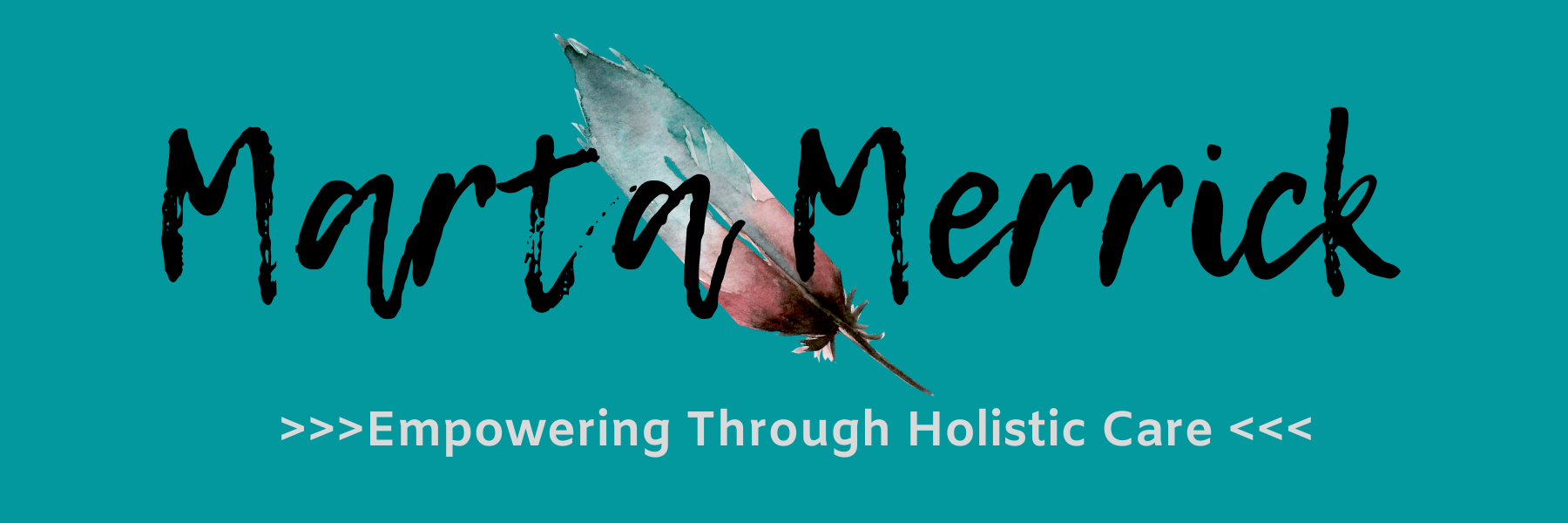

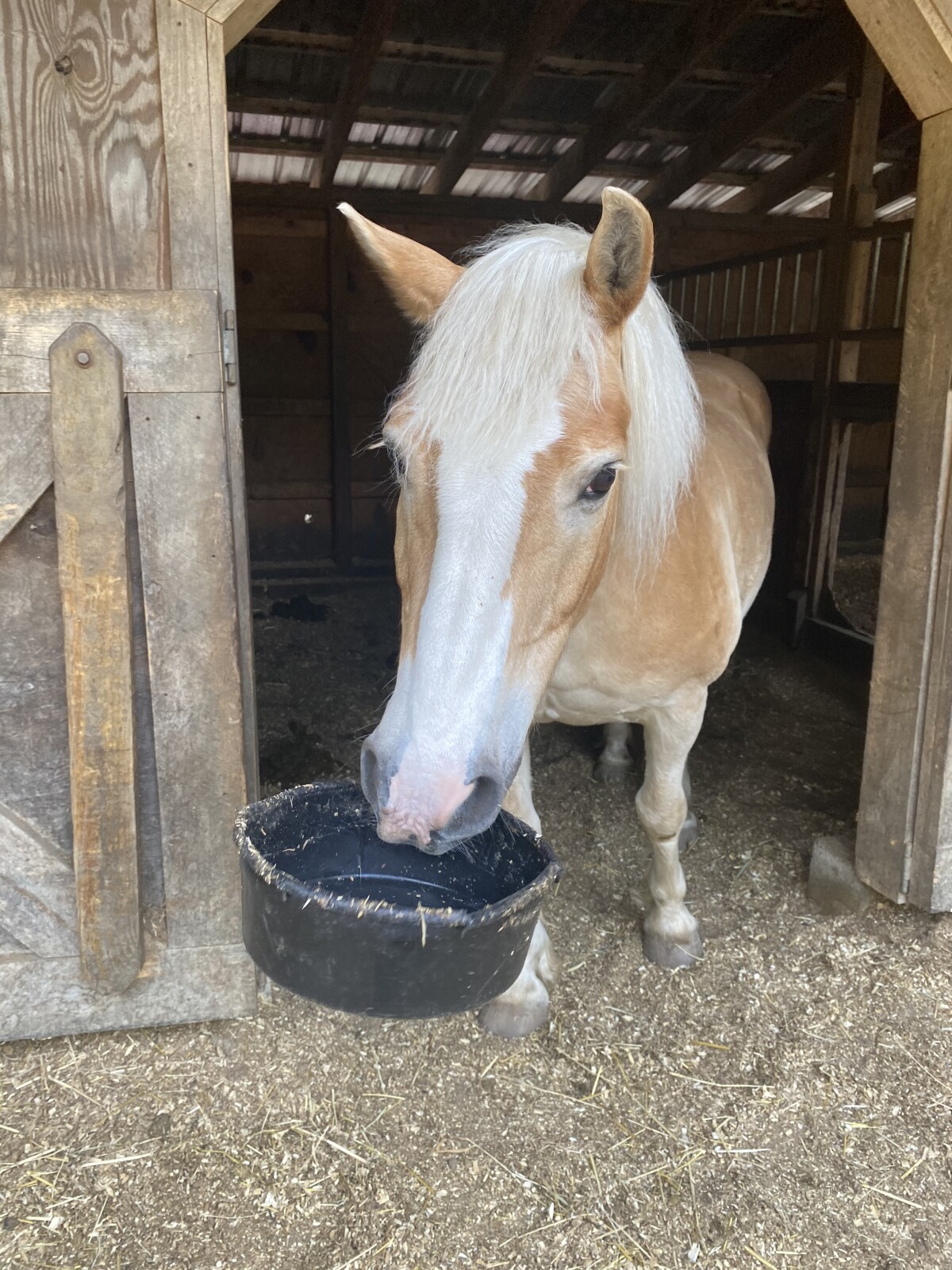
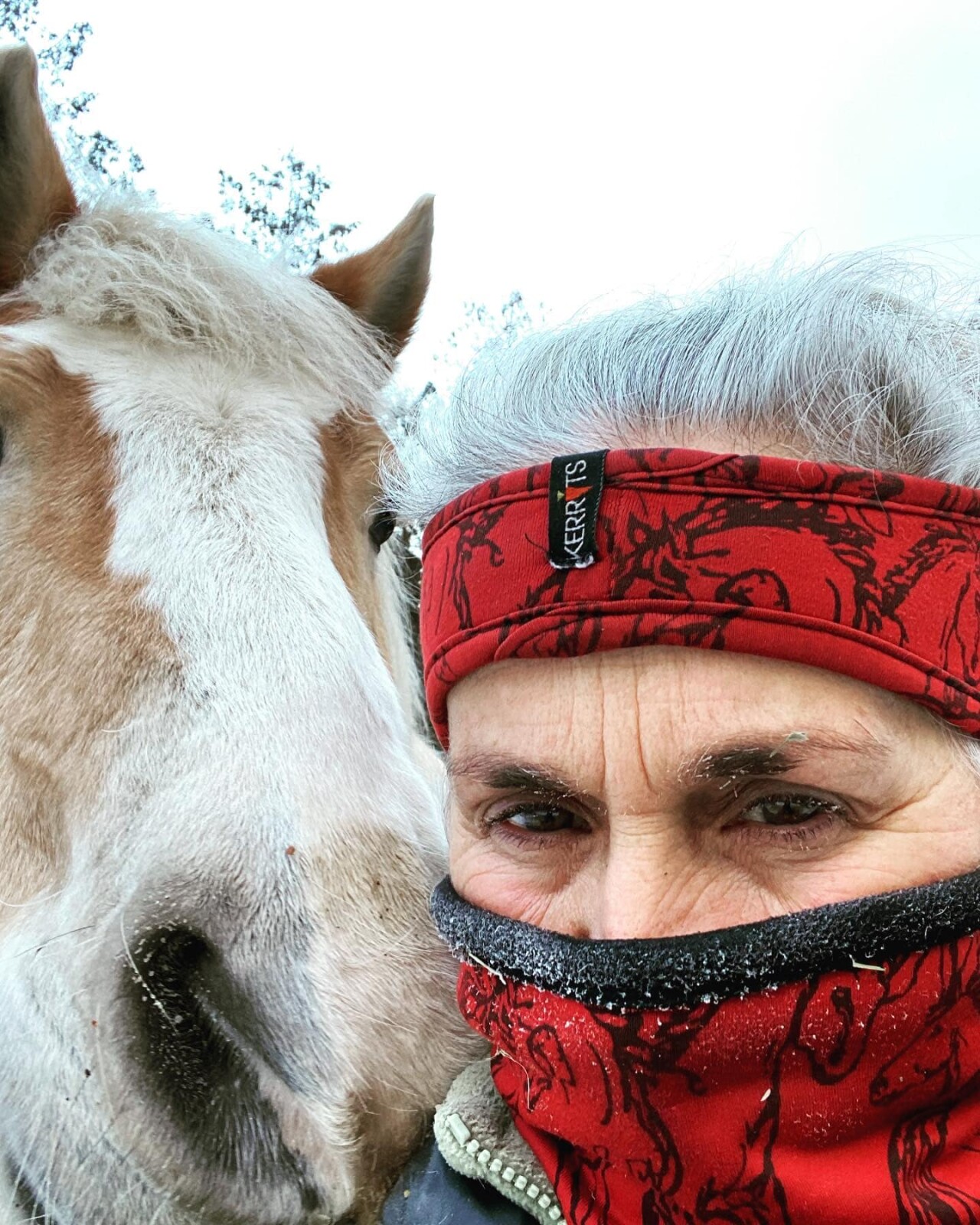
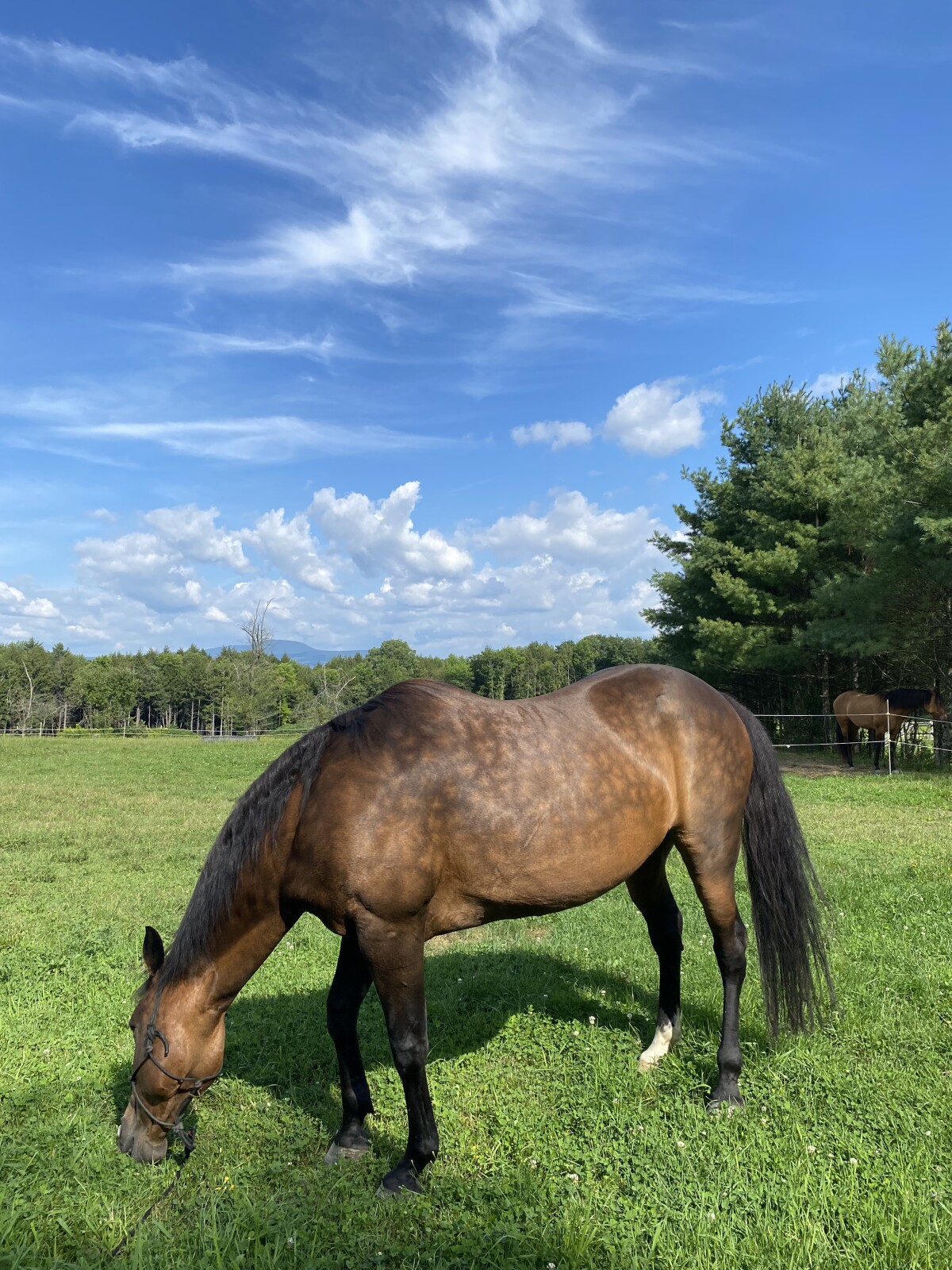
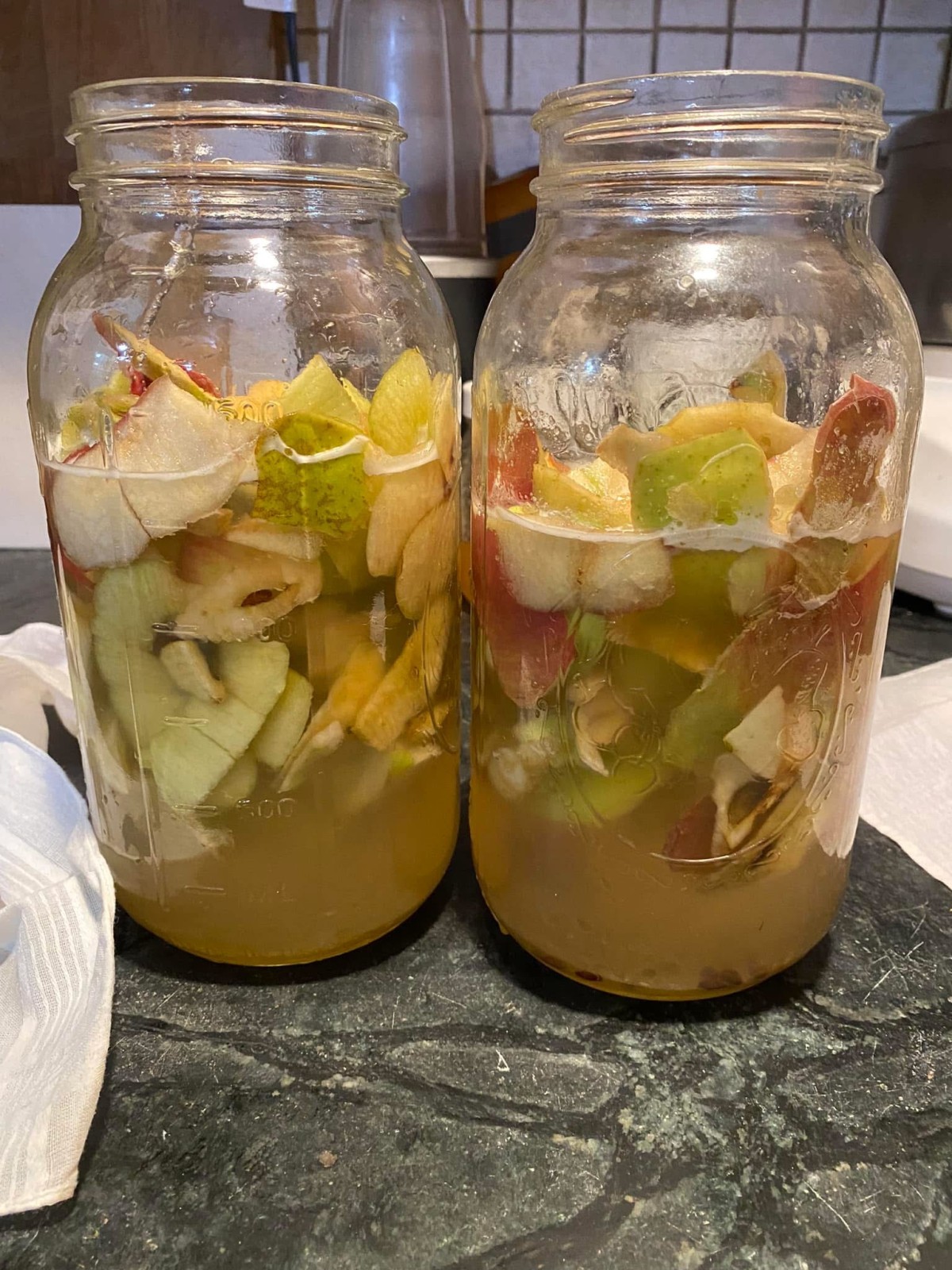


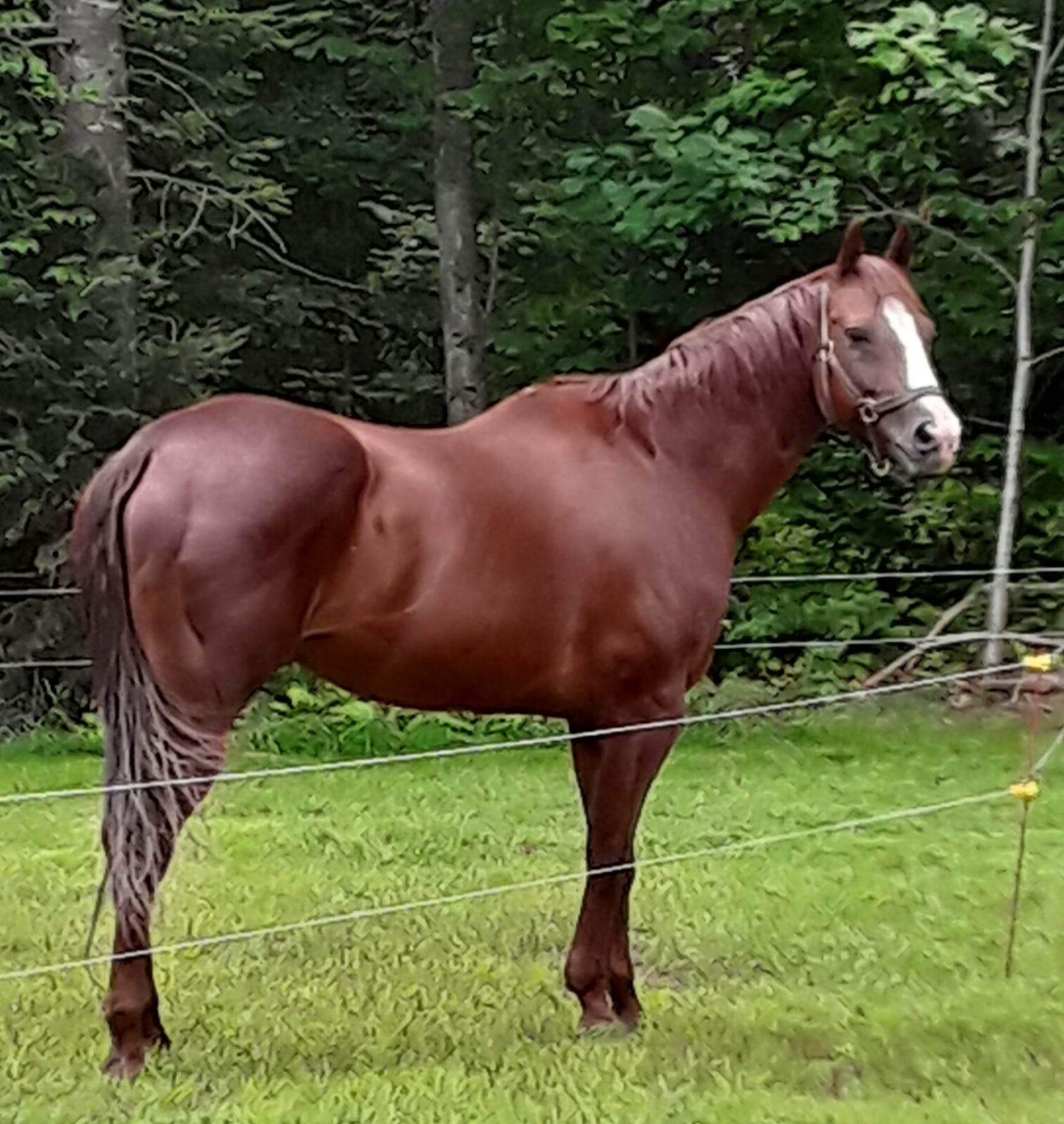
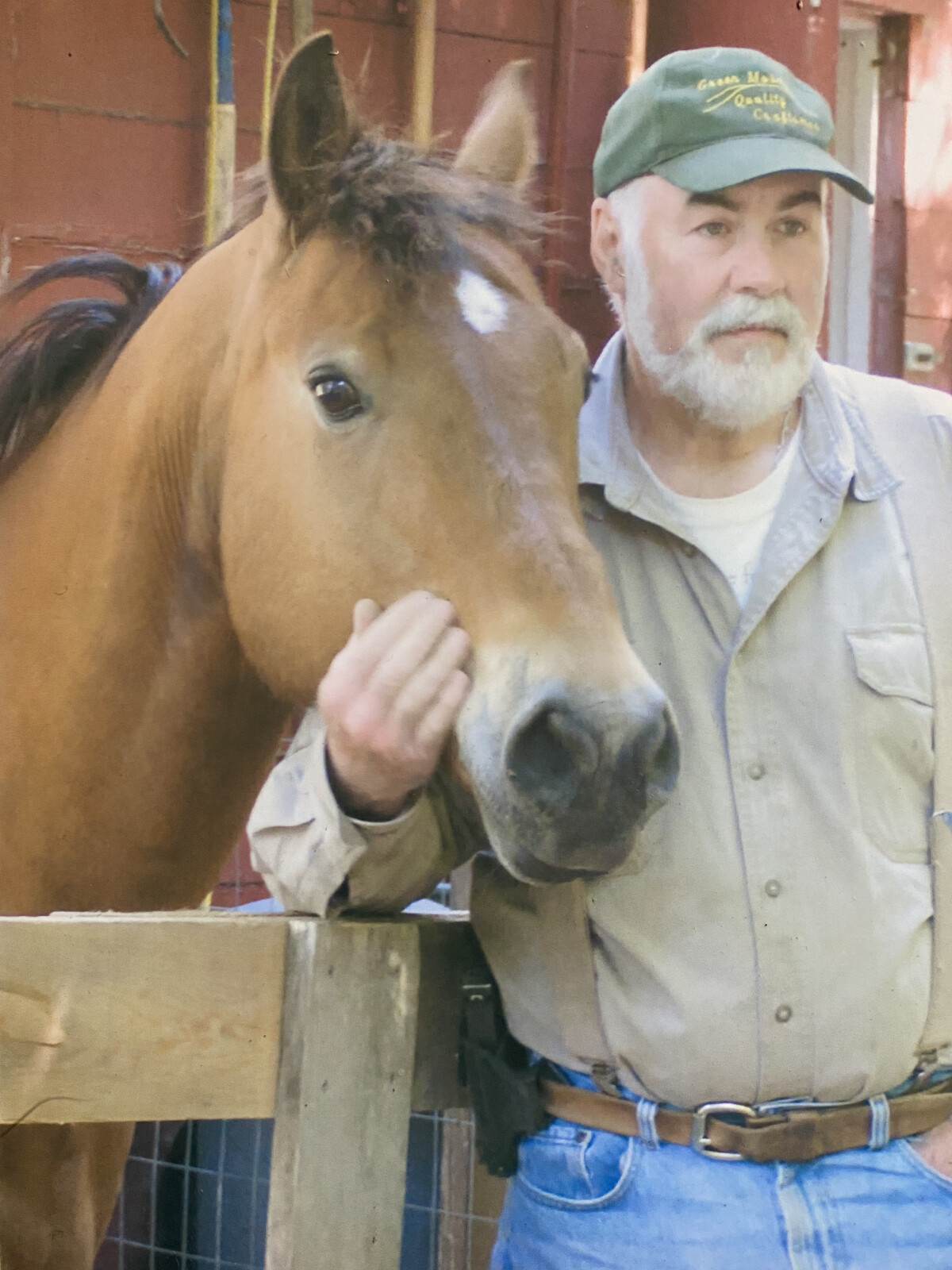
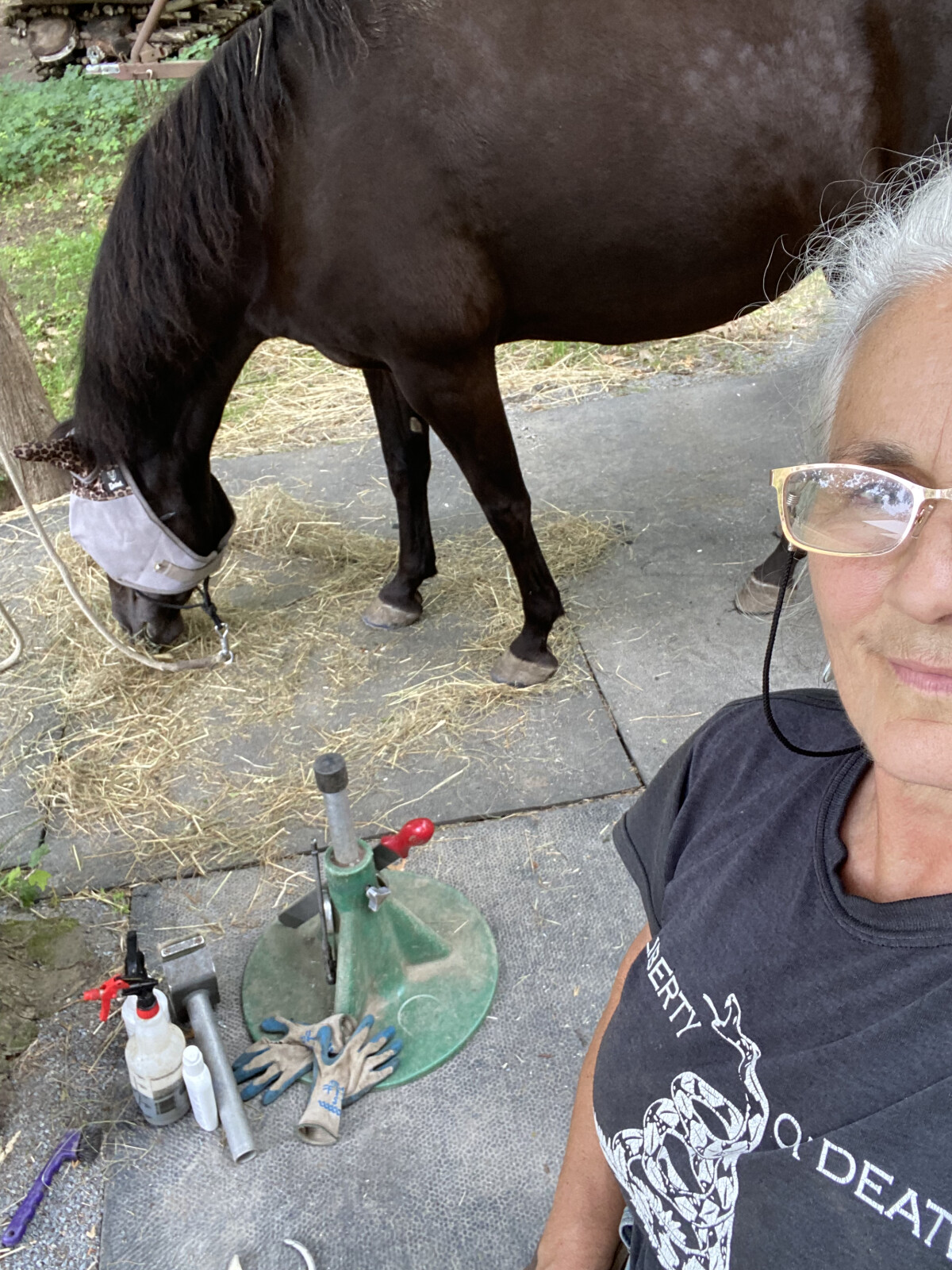
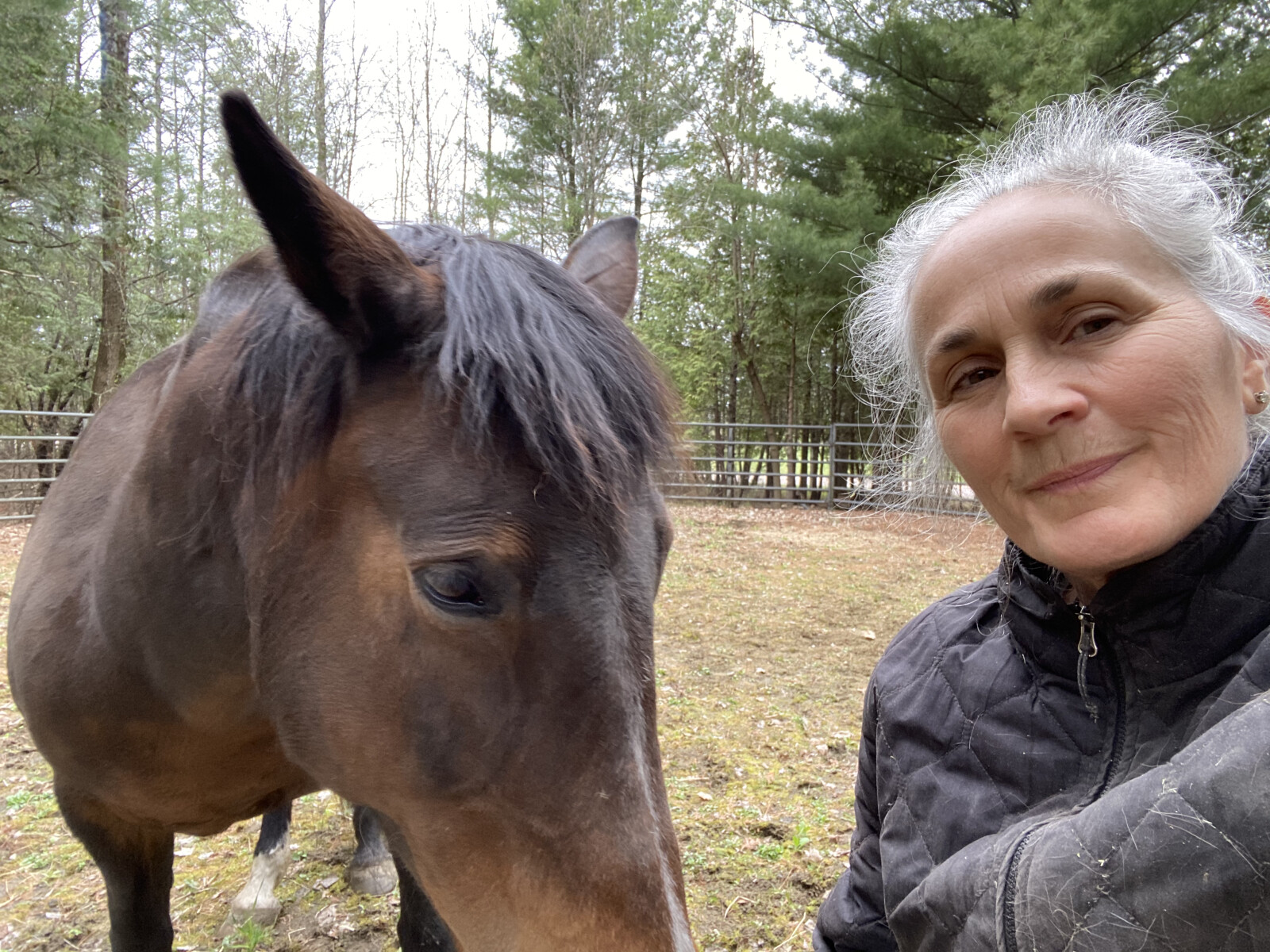
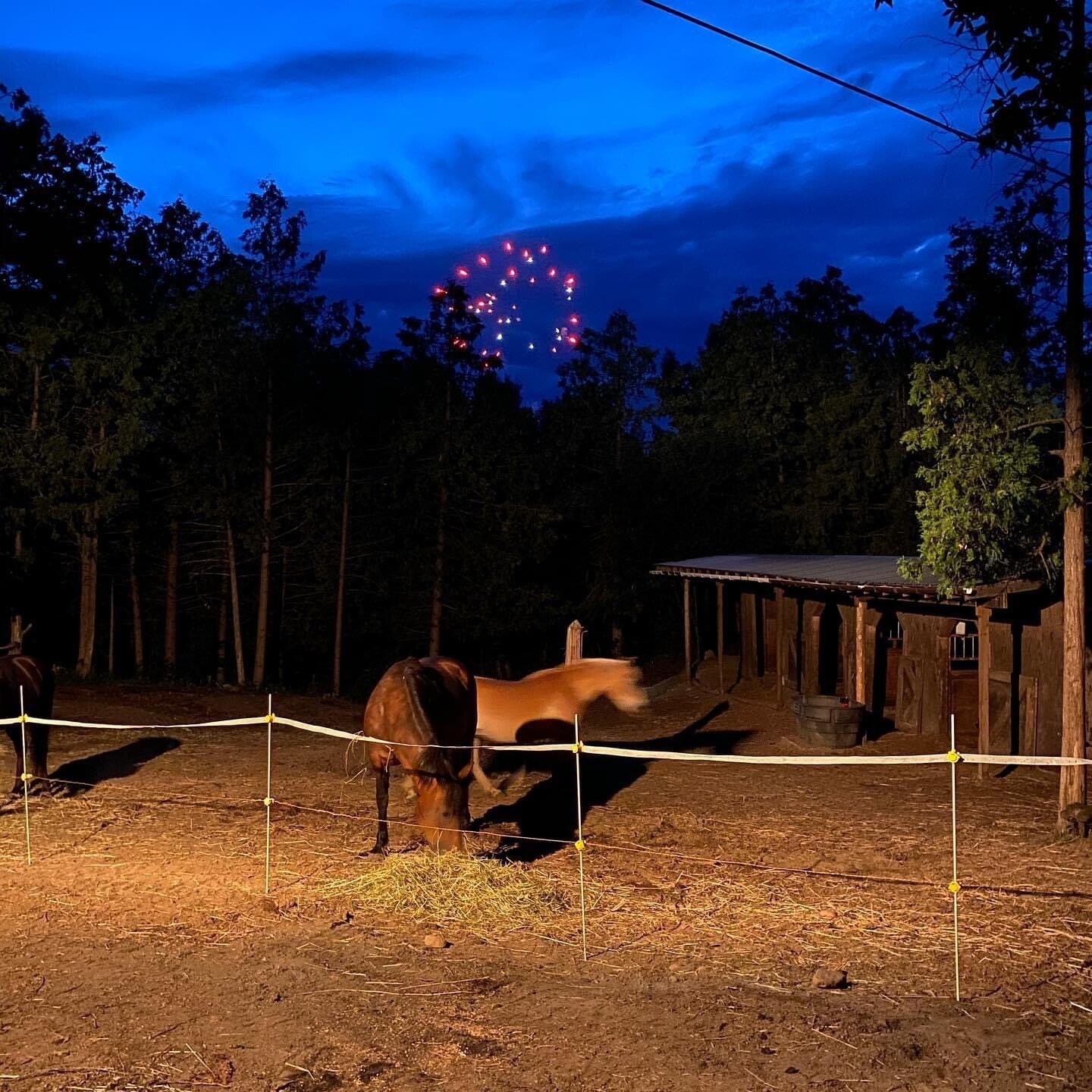
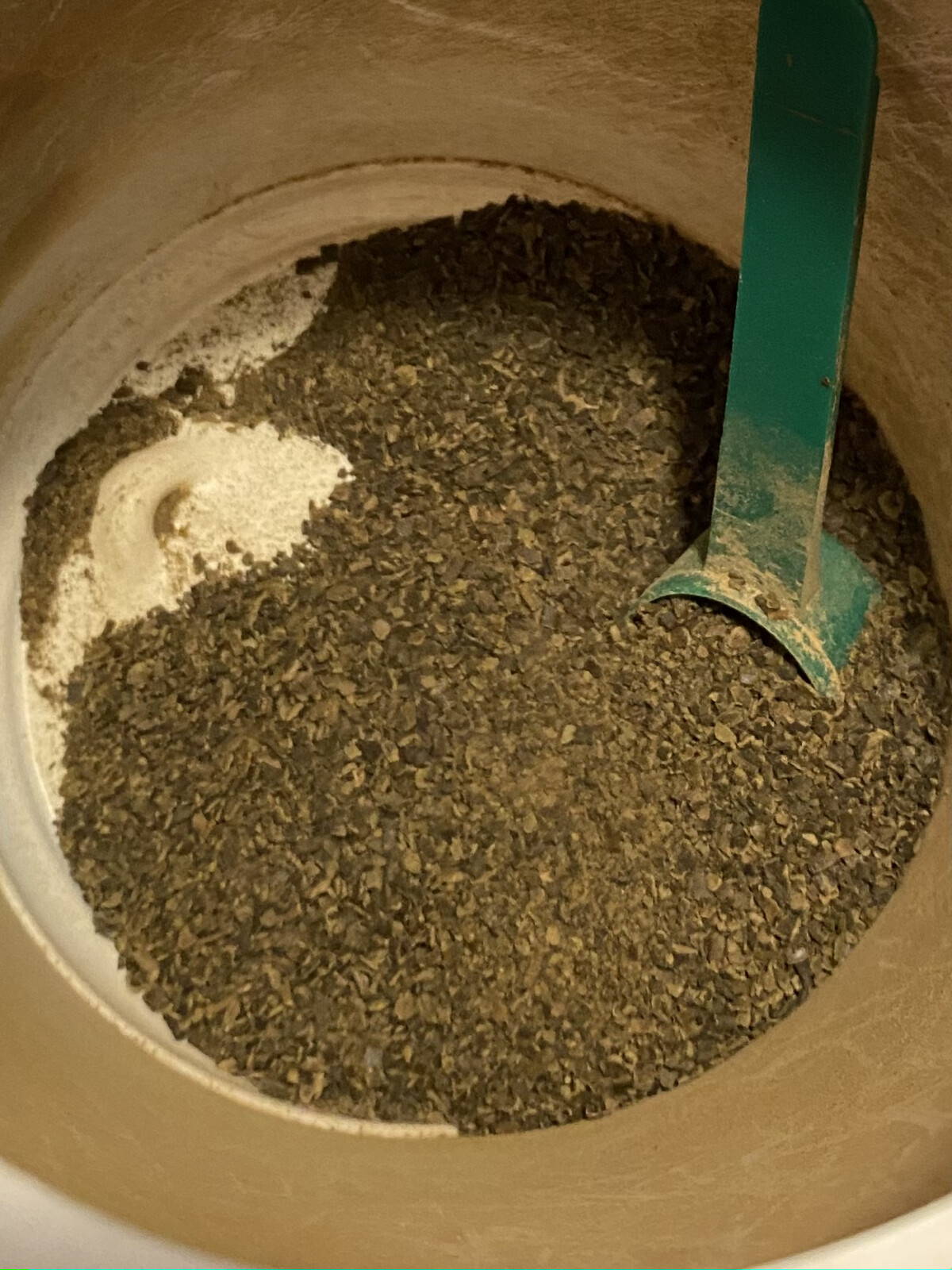
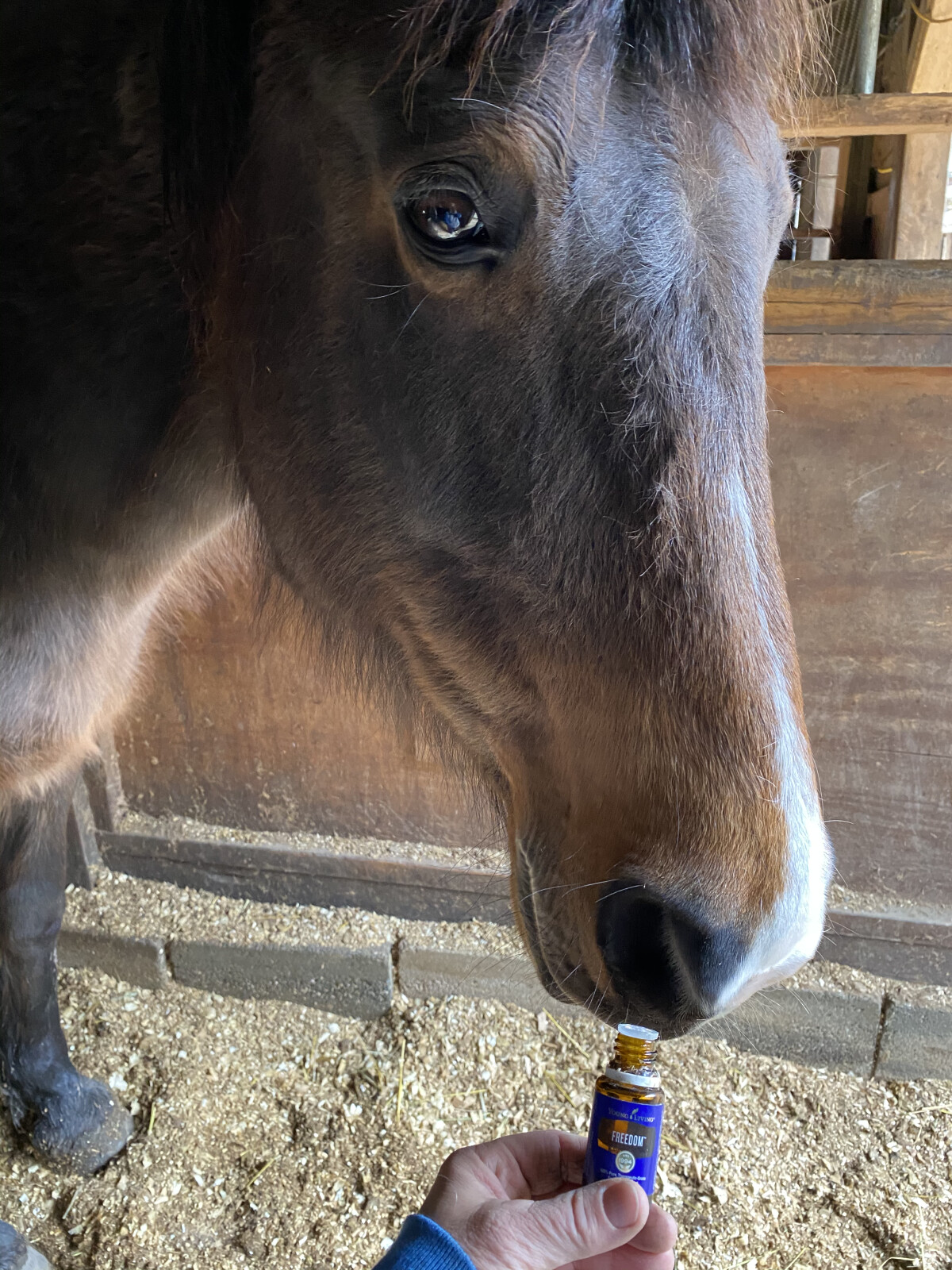
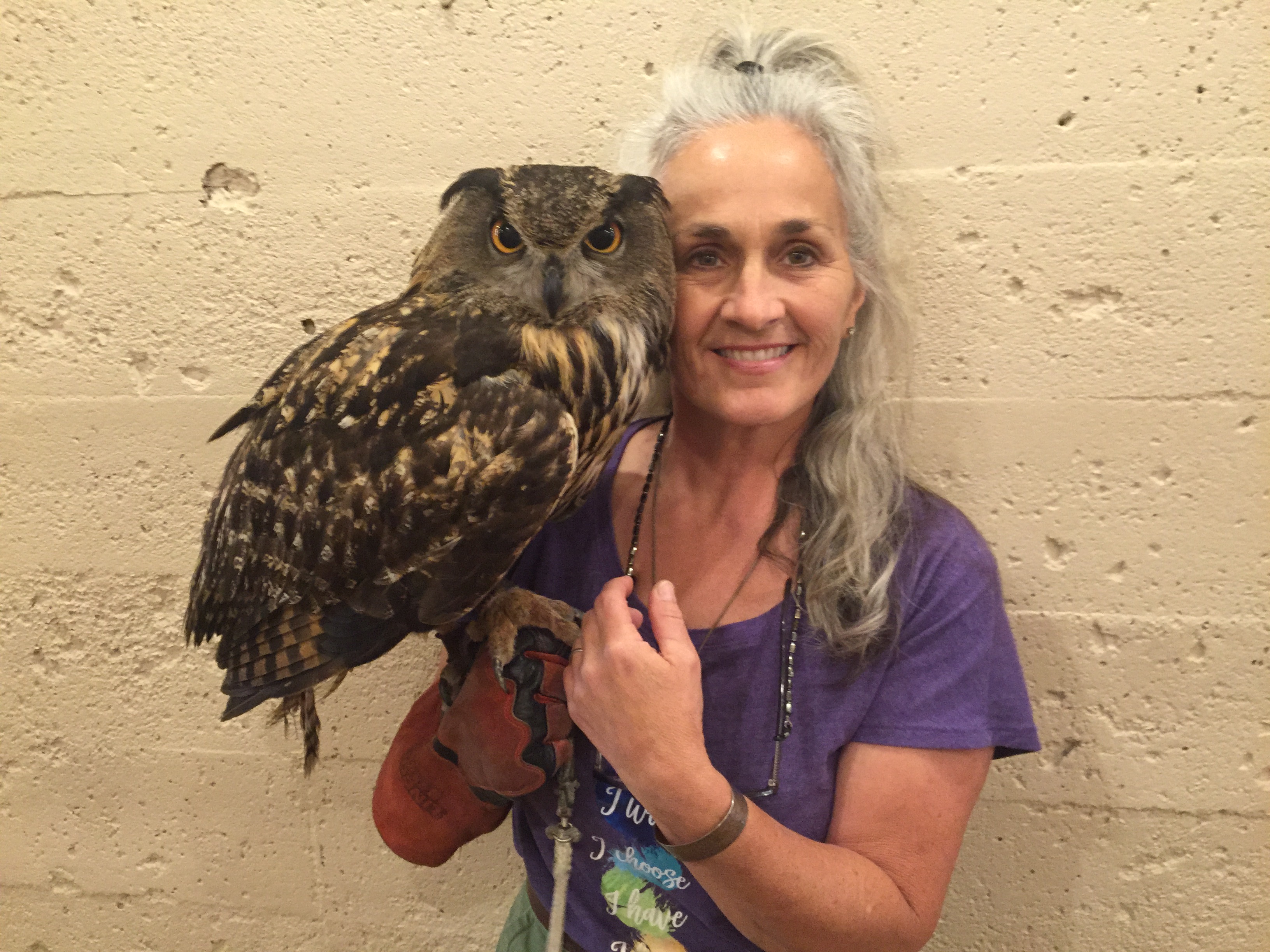
0 Comments